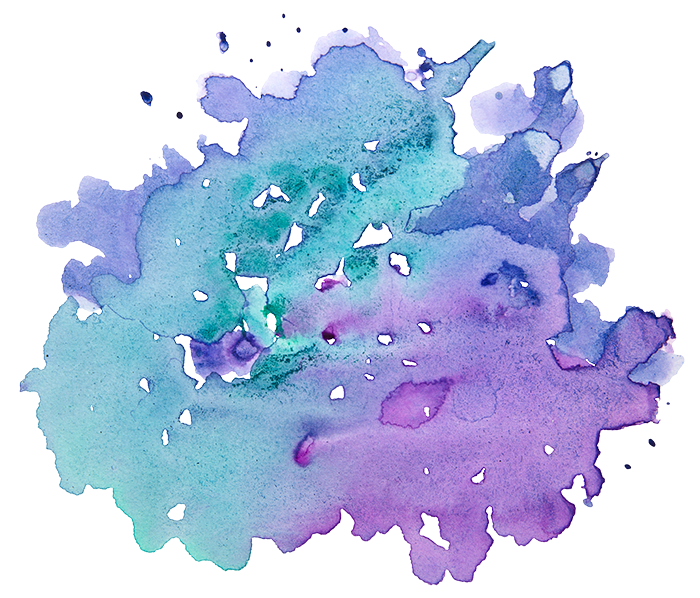by Esther Sadie Brandon
 In so many ways, water is our medium for transition and change. Immersing in the mikveh at Mayyim Hayyim was my medium to mark the transition from being in treatment to healing.
In so many ways, water is our medium for transition and change. Immersing in the mikveh at Mayyim Hayyim was my medium to mark the transition from being in treatment to healing.
I am now a breast cancer survivor. In early spring of 2015, I was diagnosed with an early stage carcinoma that was surgically removed. It is not a journey I would have chosen, but it has brought me gifts.
The day after my last radiation treatment, I immersed in the mikveh. Before my immersion, we said the traditional Hebrew Shehecheyanu prayer, which literally means, “Who has kept us alive.” You can recite or sing this blessing in various settings, including privately. However, it is written in the plural form, suggesting that your joy is shared by a larger community. I was struck by the plurality of the Hebrew as my circle of friends surrounded me with love and life. As I said the traditional blessings for immersion, I could hear their voices through the transom window chanting Amen. I returned to the circle, and together we prayed the Mi’sheberach… “May the One who blessed our ancestors…bless and heal Esther Sadie… and brought into the circle our ancestors, our matriarchs and patriarchs, Abraham, Isaac, Jacob, Sarah, Rebecca, Rachel and Leah…”
After the embrace of the healing waters of the mikveh, I had a dream that I saw Moses at the edge of the Red Sea just as the waters were about to engulf him and the Israelites. I awoke with the thought—has my breast cancer lesion been my moment at the edge of the Red Sea?
 What happened at the edge of the Red Sea? Rabbi Alan Lew, z”l translates Exodus 14:13-15, “But Moses said to the people, ‘Don’t be afraid (al tira-u), collect yourselves, (hityatzvu) and see (uru) the salvation that Adonai will make for you today… Adonai will fight for you and you will be still (tacharishun).” Then Adonai said to Moses, “Why do you cry out to me? Tell the Israelites to just get going (v’yisa-u).'”
What happened at the edge of the Red Sea? Rabbi Alan Lew, z”l translates Exodus 14:13-15, “But Moses said to the people, ‘Don’t be afraid (al tira-u), collect yourselves, (hityatzvu) and see (uru) the salvation that Adonai will make for you today… Adonai will fight for you and you will be still (tacharishun).” Then Adonai said to Moses, “Why do you cry out to me? Tell the Israelites to just get going (v’yisa-u).'”
In his book, Be Still and Get Going: A Jewish Meditation Practice for Real Life, Rabbi Lew developed a mindfulness approach to this verse with a five-step program: don’t panic, pull yourself together, see clearly, be still, and get going.
Rabbi Lew’s teaching on Exodus 14:13-15 became a guiding force for me through this difficult time. I would sit quietly and breathe in and out. I could hear his words gently guiding me to be still, to feel the waves of fear—to not panic, to not act on my fear—to quiet the stories in my mind so I could more easily see what was real. I have found that when I reach this place of deep stillness, the next action becomes clear. This is a place of surrender. In this place, we can move forward, not necessarily doing the acting ourselves, but giving ourselves over to whatever action the moment requires.
I find solace in Psalm 3:4 “With my voice I call out to You. And Your silent comfort rolls out from the Holy mountains.”
Esther is a member of the Nehar Shalom Community Synagogue and the Temple Beth Zion Nishmat Hayyim meditation group. She has practiced mindfulness meditation and Iyengar yoga for the past 35 years. She completed the Institute for Jewish Spirituality, Jewish Mindfulness Teaching Training Program and the Isabella Freedman Elat Chayyim Advanced Meditation Program.

